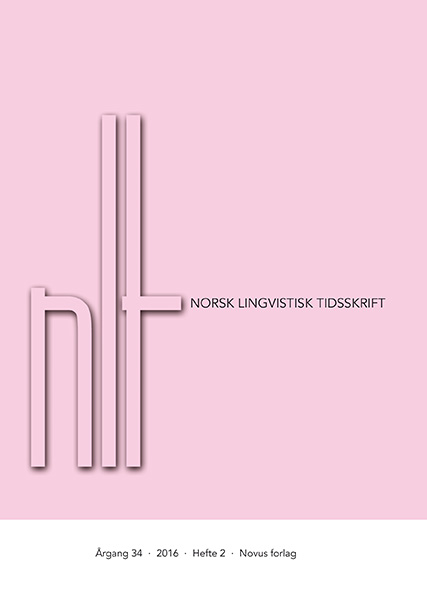Sammendrag
The book under review is an outcome of several years of field work conducted by the author in an outlying part of the Hindu Kush. The texts in Kalasha language were recorded and transcribed by him and his language consultants between 1995 and 1997, and between 2004 and 2006. Kalasha has around 3,000 to 5,000 speakers and is a threatened Indo-Aryan language spoken in the Hindu Kush Mountains of Pakistan. Like several other languages in the area, also Kalasha adopted fairly recently an adapted version of the Persian script. However, this is of limited practical relevance. Out of the more than 30 languages that are spoken in the high mountains of North Pakistan none is employed as a medium of instruction in the local schools. Pakistan's language and education policy differs significantly from that in India with its Three Language Formula which frequently means studying in a regional language and learning Hindi and English as second languages. It is also a regrettable fact that the present 'cultural climate' in the area does not really encourage caregiving to oral traditions in regional languages. And, of course, there has always been only a small number of enthusiasts ready to deal with all the difficulties and problems that are part of linguistic field work in such remote areas. It is necessary to point all this out because such circumstances make publications like the present one all the more important and valuable.Forfattere beholder opphavsretten og gir tidsskriftet rett til første publisering av arbeidet. En Creative Commons-lisens (CC BY-SA 4.0) gir samtidig andre rett til å dele arbeidet med henvisning til arbeidets forfatter og at det først ble publisert i dette tidsskriftet.

